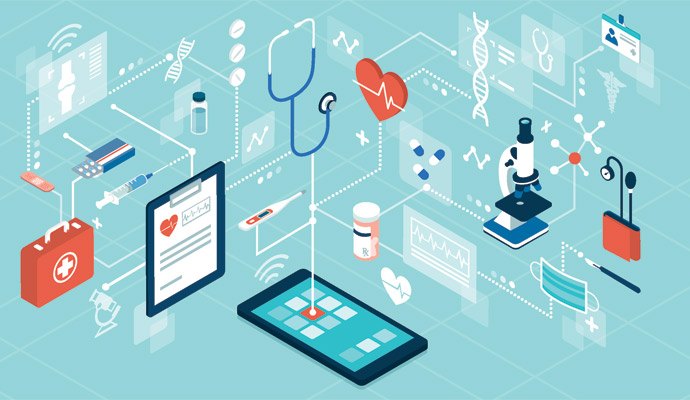AI and Machine Learning Hold Potential in Fighting Infectious Disease
New research showed that drug discovery, infection biology, and diagnostics are functions of AI and machine learning in treating infectious diseases.

Source: Getty Images
- A new study described that despite the continued threat of infectious diseases on public health, the capabilities of artificial intelligence (AI) and machine learning (ML) can help handle this issue and provide a framework for future pandemics.
Regardless of research and biological advancements, infectious diseases remain an issue. To keep up with the conflict, common methods that are applied include therapies and diagnostics. Often, synthetic biology approaches provide a platform for innovation. Research indicated that synthetic biology is often divided into two development categories: quantitative biological hypotheses and data from experimentation, and the comprehension of the factors such as nucleic acids and peptides, which allow for the control of biology.
According to research, advancements in AI have considered these factors. Given the complexities of biology and infectious disease, there is a high level of potential. Thus, researchers reviewed how the relationship between AI and synthetic biology can battle infectious diseases.
The review described three uses of AI in infectious diseases: anti-infective drug discovery, infection biology, and diagnostics.
Despite the pre-existence of various anti-infective drugs, drug resistance often outmatches their effectiveness. AI and ML can play a large role in developing new drugs by searching small-molecule databases while using training models to define new drugs or apply existing drugs.
The complications of infection biology are extensive, largely due to the activity of bacterial, eukaryotic, and viral pathogens. These factors can affect host responses, and, therefore, the course of infection.
ML models, however, can analyze nucleic acid, protein, and other variables to determine the aspects of host–pathogen interactions and immune responses. Research also indicates they can define genes and interactions between proteins that link to host cell changes, immunogenicity prediction, and other activities.
Also, gene expression optimization and antigen prediction has assisted the development of vaccines and drugs through supervised models.
AI and ML have applications in diagnostics. As prior instances have shown, the speed of infectious disease detection plays a large role in how spreading takes place. However, through AI and ML, researchers can identify infections and foresee drug resistance. This is primarily because of its ability to program elements well and highlight essential information from biomolecular networks.
Regardless of the opportunities and challenges that these methods may pose, they are essential to the future of infectious disease treatment. As the development of AI continues, it is critical to consider a wide range of datasets to avoid bias.
Various research efforts have also showcased the capabilities of AI and how it may advance healthcare.
Research from April 2022, for example, involved the creation of an AI model that uses non-contrast abdominal CT images to analyze factors related to pancreatic health, determining type 2 diabetes risk.
Using hundreds of images and various measurements, researchers defined the factors that correlated with diabetes. Consistent and accurate results allowed researchers to determine this analysis was an effective approach to detecting diabetes.
“This study is a step towards the wider use of automated methods to address clinical challenges,” said study authors Ronald M. Summers, MD, PhD, and Hima Tallam, an MD and PhD student, in a press release. “It may also inform future work investigating the reason for pancreatic changes that occur in patients with diabetes.”
Research efforts such as these are integral examples of how AI continues to play a role in healthcare.
